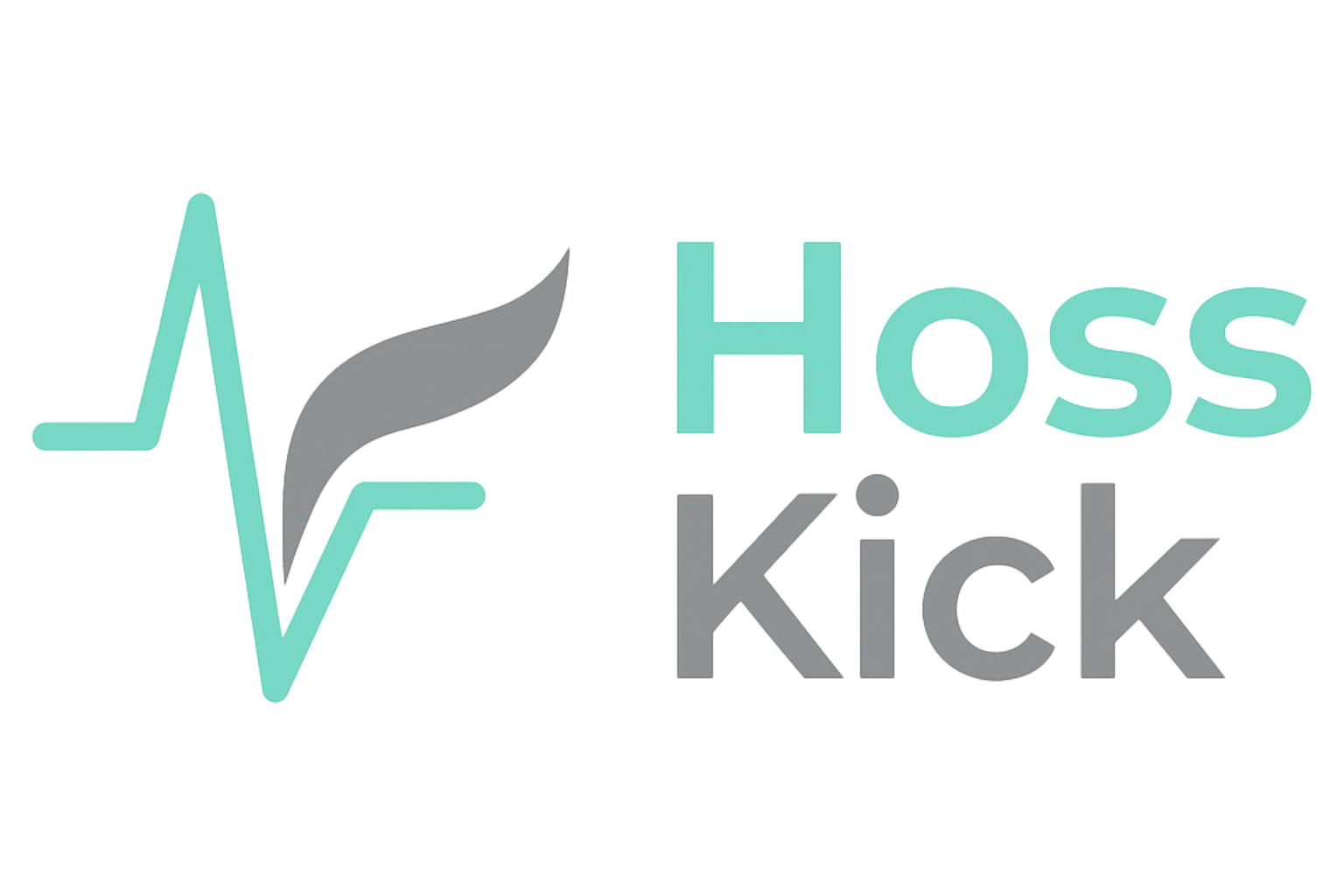# Best Practices for Patient Engagement in Remote Monitoring
Patient engagement is the cornerstone of successful remote monitoring programs. When patients actively participate in their care, outcomes improve dramatically, and program success rates soar. This guide explores proven strategies to maximize patient engagement in remote monitoring initiatives.
## Understanding Patient Engagement in Remote Monitoring
Patient engagement in remote monitoring goes beyond simply using devices. It encompasses active participation in health management, consistent data sharing, and collaborative care planning with healthcare providers.
### Key Components of Engagement
- **Active participation** in monitoring activities
- **Consistent device usage** and data transmission
- **Regular communication** with care teams
- **Adherence to care plans** and recommendations
- **Self-advocacy** and health awareness
## Barriers to Patient Engagement
### Technology-Related Barriers
- **Digital literacy** challenges
- **Device complexity** concerns
- **Connectivity issues**
- **Privacy and security** worries
### Personal Barriers
- **Health literacy** limitations
- **Motivation** fluctuations
- **Lifestyle factors**
- **Cultural considerations**
### System Barriers
- **Communication gaps**
- **Workflow inefficiencies**
- **Staff availability**
- **Resource constraints**
## Proven Engagement Strategies
### 1. Comprehensive Patient Education
#### Initial Education Session
- **Device demonstration** and hands-on training
- **Program benefits** explanation
- **Expectation setting** for outcomes
- **Support resource** identification
#### Ongoing Education
- **Regular check-ins** and refresher training
- **Educational materials** and resources
- **Peer support** opportunities
- **Success story** sharing
### 2. Personalized Communication
#### Tailored Messaging
- **Individual preferences** consideration
- **Cultural sensitivity** awareness
- **Language accessibility**
- **Communication timing** optimization
#### Multi-Channel Approach
- **Phone calls** for personal connection
- **Text messages** for quick updates
- **Email** for detailed information
- **Mobile apps** for interactive engagement
### 3. Gamification and Incentives
#### Achievement Recognition
- **Progress milestones** celebration
- **Goal achievement** rewards
- **Improvement tracking** visualization
- **Success sharing** opportunities
#### Motivational Elements
- **Point systems** for activities
- **Badges** for accomplishments
- **Leaderboards** for friendly competition
- **Challenges** for engagement
### 4. Family and Caregiver Involvement
#### Support System Integration
- **Family education** sessions
- **Caregiver training** programs
- **Communication inclusion**
- **Shared responsibility** approaches
#### Collaborative Care Planning
- **Family input** in care decisions
- **Caregiver role** definition
- **Support network** utilization
- **Emergency contact** protocols
## Technology Solutions for Engagement
### User-Friendly Interfaces
- **Intuitive design** principles
- **Simple navigation** structures
- **Clear instructions** and prompts
- **Visual feedback** systems
### Mobile Applications
- **Real-time data** viewing
- **Progress tracking** capabilities
- **Communication tools**
- **Educational resources**
### Automated Reminders
- **Medication alerts**
- **Measurement reminders**
- **Appointment notifications**
- **Follow-up prompts**
## Measuring Engagement Success
### Quantitative Metrics
- **Device usage** rates
- **Data transmission** frequency
- **Communication response** rates
- **Goal achievement** percentages
### Qualitative Indicators
- **Patient satisfaction** scores
- **Feedback quality**
- **Participation enthusiasm**
- **Self-efficacy** improvements
### Clinical Outcomes
- **Health parameter** improvements
- **Medication adherence** rates
- **Emergency visit** reductions
- **Quality of life** enhancements
## Overcoming Common Challenges
### Low Initial Engagement
**Solutions:**
- Enhanced onboarding processes
- Peer mentor programs
- Simplified technology options
- Increased support availability
### Declining Participation
**Solutions:**
- Regular check-ins and motivation
- Program refreshers and updates
- Incentive program adjustments
- Barrier identification and removal
### Technology Difficulties
**Solutions:**
- Comprehensive training programs
- Technical support availability
- Device simplification options
- Alternative communication methods
## Cultural Considerations
### Diverse Population Needs
- **Language accessibility**
- **Cultural health beliefs**
- **Family dynamics**
- **Religious considerations**
### Inclusive Program Design
- **Culturally appropriate** materials
- **Diverse staff** representation
- **Community partnership**
- **Flexible approaches**
## Staff Training for Engagement
### Communication Skills
- **Active listening** techniques
- **Motivational interviewing**
- **Empathy development**
- **Cultural competency**
### Technology Proficiency
- **Platform expertise**
- **Troubleshooting skills**
- **Training delivery**
- **Support provision**
## Future Trends in Patient Engagement
### Artificial Intelligence
- **Personalized recommendations**
- **Predictive analytics**
- **Automated coaching**
- **Risk identification**
### Virtual Reality
- **Immersive education**
- **Therapy applications**
- **Engagement enhancement**
- **Skill development**
### Social Integration
- **Peer networks**
- **Community challenges**
- **Social sharing**
- **Support groups**
## Implementation Roadmap
### Phase 1: Foundation Building
1. **Assess current** engagement levels
2. **Identify barriers** and opportunities
3. **Develop strategies** and protocols
4. **Train staff** on engagement techniques
### Phase 2: Program Launch
1. **Implement engagement** strategies
2. **Monitor participation** rates
3. **Collect feedback** and insights
4. **Make adjustments** as needed
### Phase 3: Optimization
1. **Analyze engagement** data
2. **Refine strategies** based on results
3. **Scale successful** approaches
4. **Continuous improvement** implementation
Patient engagement in remote monitoring requires a comprehensive, personalized approach that addresses individual needs, preferences, and barriers. By implementing these best practices, healthcare providers can significantly improve program success rates and patient outcomes while building stronger, more collaborative relationships with their patients.
Success in patient engagement is not a destination but a continuous journey of improvement, adaptation, and innovation in service of better health outcomes for all patients.



